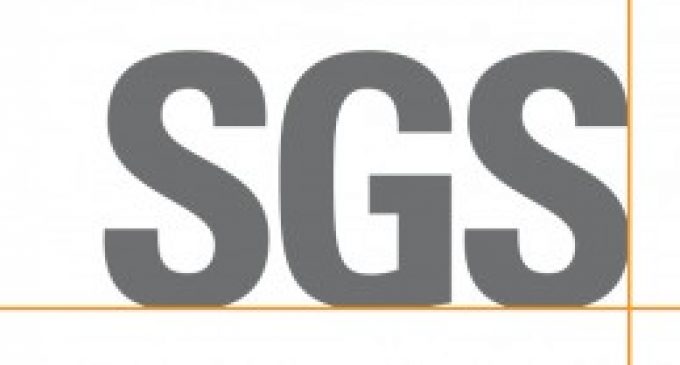Updated EU Requirements on Protein Sources in Infant and Follow-On Formula

Commission Directive 2013/46/EU (2) was published on 28 August 2013 and amends Commission Directive 2006/141/EC (1). Goats’ milk protein is allowed for use as a protein source in infant formulae and follow-on
formulae. The final products shall be compliant with the nutritional requirements under Commission Directive 2006/141/EC before the products are marketed. This new regulation must be brought into force by the EU member states by 28 February 2014.
Based on Commission Directive 2006/141/EC, the essential composition of infant formulae and follow-on formulae must satisfy the nutritional requirements for infants in good health and have the acceptable scientific data to prove it. Protein is the main constituent of concern for this requirement. Cows’ milk proteins and soy proteins alone or in the mixture are allowed for use in the infant formulae and follow-on formulate while protein hydrolysis is granted only in the infant formulae. EU Regulation for Protein Sources in Infant Formulae and Follow-On Formulae. In recent years, goats’ milk is considered as the natural alternative to cows’ milk because both have a similar flavor and nutritional profile of minerals, vitamins, fat, protein and amino acids (excluding alpha-s1-casein which is lower in goats’ milk than in cows’ milk). In 2012, the European Food Safety Authority (EFSA) provided scientific opinion (3) to support the
concept that goats’ milk protein can be used as a source of protein in formulae, in the same manner as cows’ milk protein and soya protein is used. This opinion led to the development of innovative products based on goats’ milk protein which have been placed on the market. Nevertheless, there is no regulation to cover the application of goats’ milk protein in infant products. For the new regulation, the goats’ milk protein is stated in the new regulation as follows:
1) In paragraph 1 (the second subparagraph) of Article 7
2) Article 12
3) Annex I with the point 2.1, 2.3, 10.1, and 10.2
4) Annex II with the point 2.1, 2.3, 8.1, and 8.2

































